Microsoft made sure Windows 11 is better than Windows 10 in every way, be it in design, be it in performance, or for this instance, it is the ease of convenience for vision-impaired users.
The ‘Voice Control’ feature in Windows 11 lets you have complete control over your computer handsfree; all you need to do is tell your computer what to do. Pretty neat, right?
Many might confuse the ‘Voice Control’ with the ‘Speech Recognition’ feature, while the latter may resemble the ‘Voice Control’ feature on the surface, the ‘Speech Recognition’ can only be used for voice-to-text conversion whereas the ‘Voice Control’, as the name suggests, lets you navigate your PC by interacting with the UI elements present on your screen.
The ‘Voice Control’ feature along with being helpful to visually impaired users can also come in handy to normal users when they are physically occupied with some other task but can see the screen and dictate commands to operate their Windows 11 machine handsfree; or at a time when you just want to lay in bed and want to play songs on your computer just by asking it.
The feature definitely is appealing for the advanced as well as novice users, however, before you start yelling commands at your defenseless machine, you will need to enable it from the Settings app.
Enable and Set Up Voice Access Feature from Widows Settings
Enabling and setting up the Voice Access feature hardly takes a minute once you know where to access the setting from on your Windows 11 machine.
To enable the feature, open the Settings app either from the Start Menu or by searching for it.

Next, click on the ‘Accessibility’ tab present on the left sidebar of the Settings window.
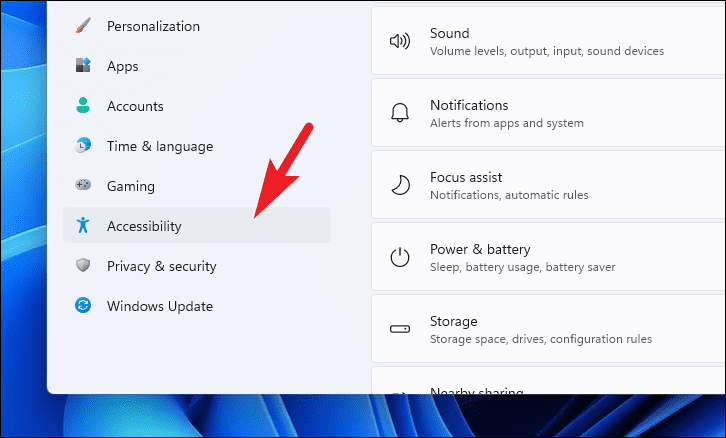
Then, from the right section of the window, scroll down till you locate the ‘interaction’ section and click on the ‘Speech’ tile present under it to continue.

After that, on the ‘Speech’ settings screen, locate the ‘Voice access’ tile and click on the toggle switch present at the far right edge of the tile to bring it to the ‘On’ position.

In case if you wish to start the ‘Voice Control’ at the time of sign-in, expand the tile by clicking on the little chevron situated on the right edge of the tile and click on the checkbox preceding the ‘Start voice access after you sign in to your PC’ option.

If you are enabling the Voice Access feature for the first time, Windows will now prompt you to download a speech model. Now, click on the ‘Download’ button present on the Voice Control bar present on the topmost portion of your screen.
Note: Keep in mind that you are connected to the internet in order to download the speech package.
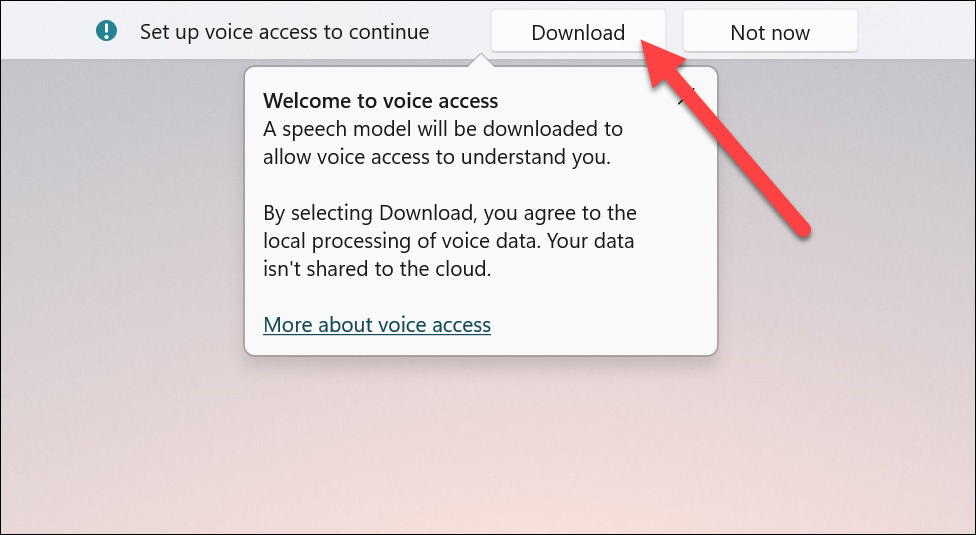
Upon successful download, a ‘Voice access guide’ window will appear on your screen. From that screen, under the ‘Microphone’ section click on the already connected microphone tile. Otherwise, click on the ‘Add new microphone’ if you wish to use another microphone. Then, click on the ‘angular arrow’ in the bottom right of the window to continue to the next screen.
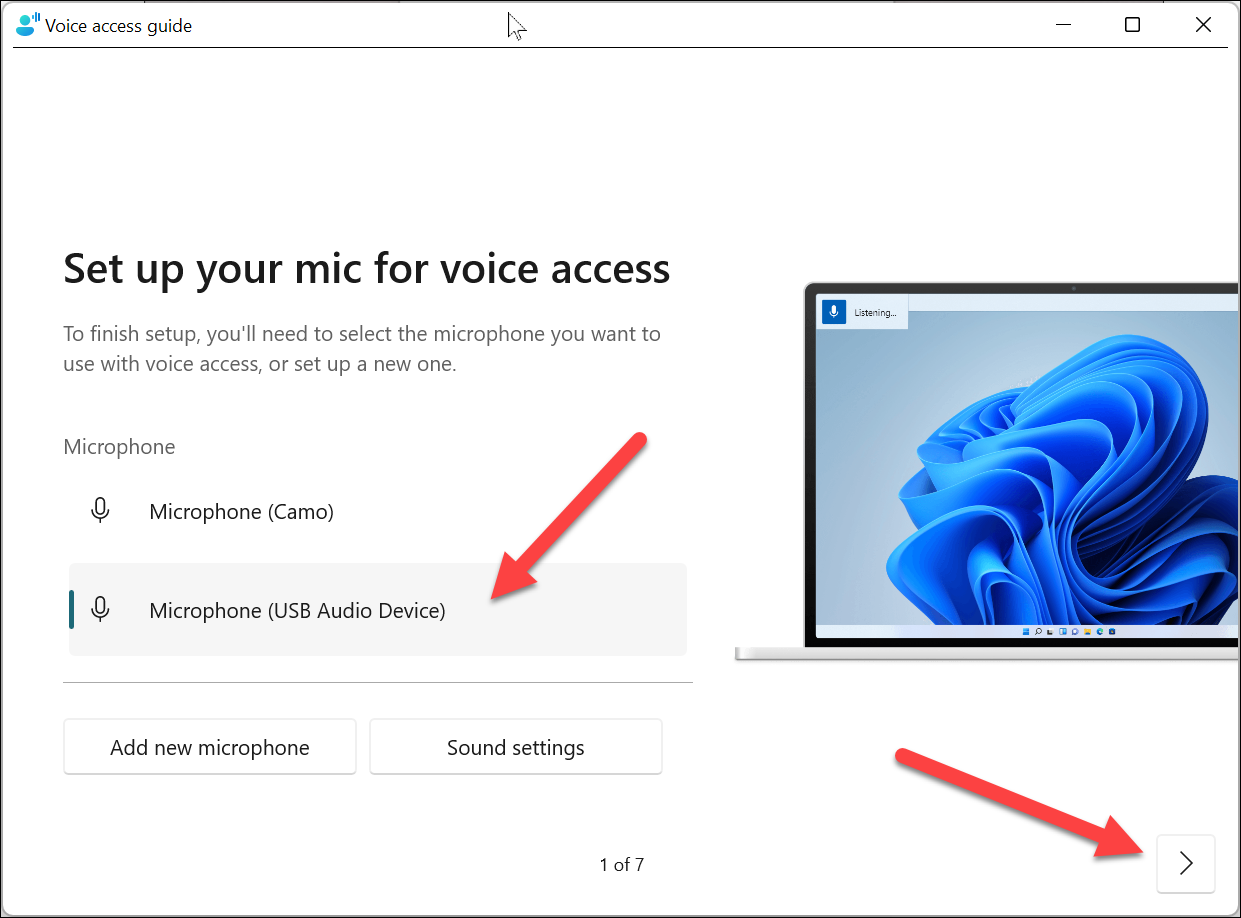
Now, in the next window, click on the ‘Start Guide’ button for a quick interactive tutorial by Microsoft to help you understand the basics of Voice access on your Windows 11 PC.
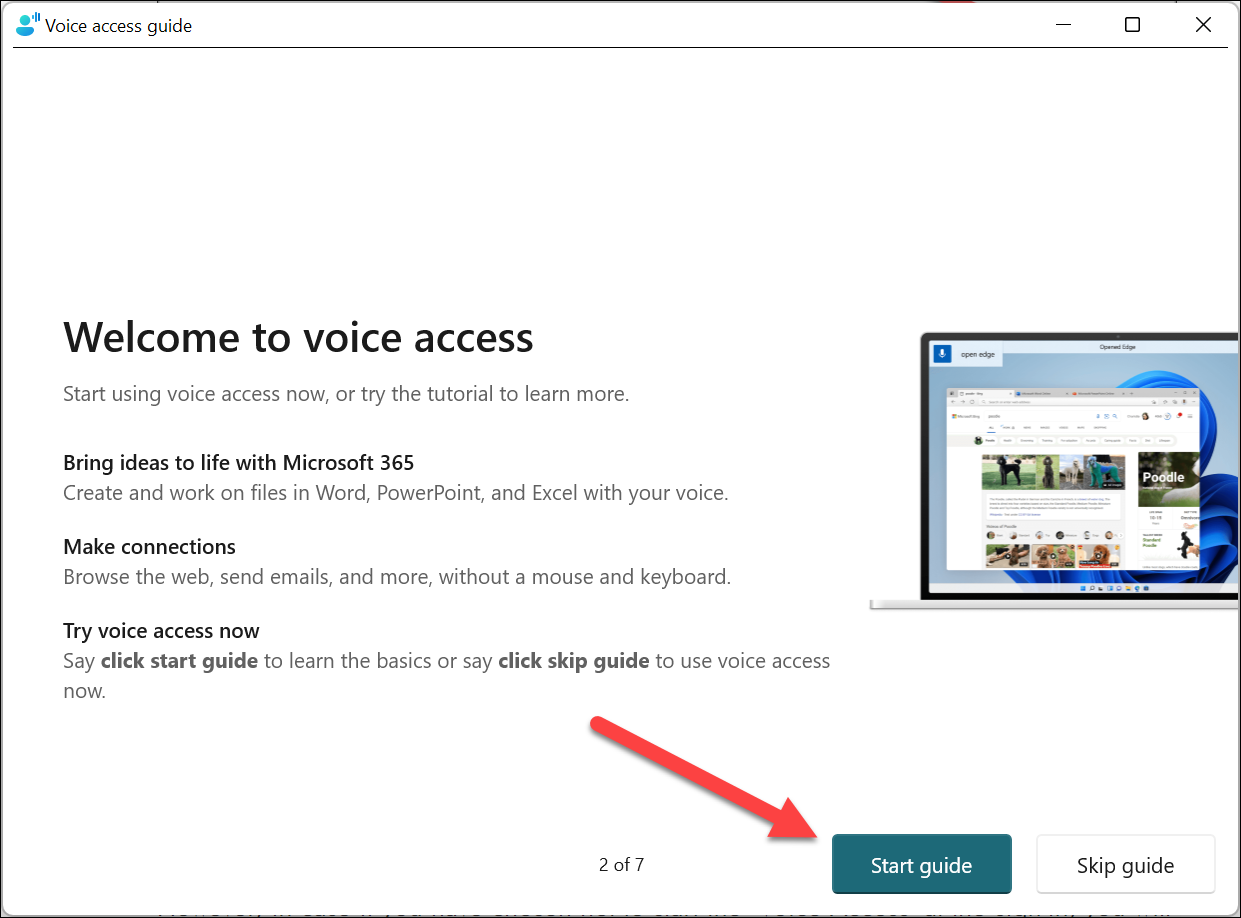
Navigating your PC with Voice Access
Once you have enabled and set up the Voice Access feature on your Windows 11 machine, it is now time to use that amazing voice of yours to navigate around in your Windows PC.
As mentioned before you can use Voice Access to interact with apps, and navigate your PC around, and even search for anything using your preferred search engine completely handsfree.
However, in case if you have chosen not to start the ‘Voice Access’ at the sign-in, you will have to manually turn it on before you can use it. Fortunately, you can also turn on the Voice Control by simply pressing Alt+Shift+C keys together on your keyboard.
Once the Voice Control is active, you can interact with your PC in many ways. For instance, if you wish to open an app, you can say, “Open Edge” or “Open Chrome” and your Windows PC shall immediately do that for you.
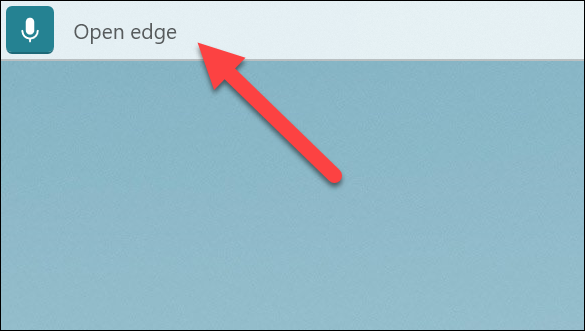
Moreover, you can also ask your PC to switch apps, minimize the current app you are on, or even open the app switcher.
If you are on a menu screen or in file explorer, you can also ask your Windows 11 PC to “show numbers” and every clickable element on the screen will get a corresponding number displayed. You can then, say “click <number” for e.g “click 8” or “double-click 14” and Voice Control will perform that function for you.
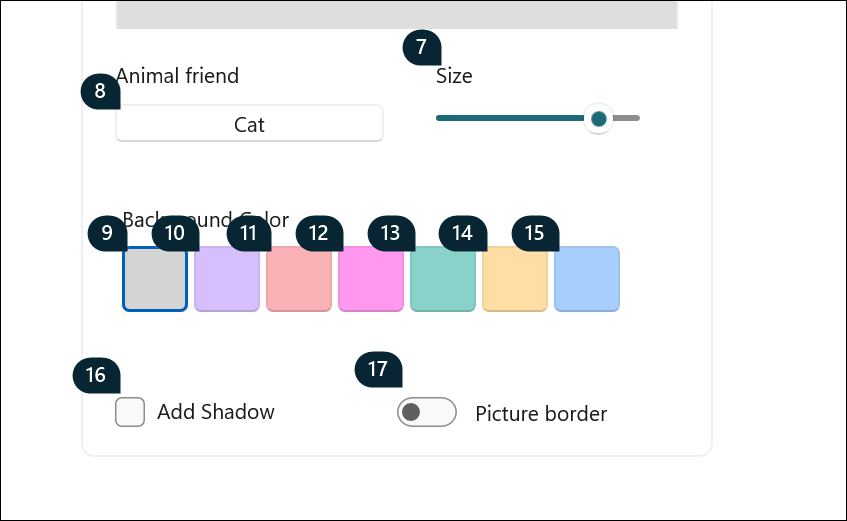
Along with the basic interaction of UI, you can also perform a quick search on the web using your preferred browser by simply saying, “Search on Google for Stoicism” and Windows will pull up search results for the same.
Since the permutations and combinations of using the commands can be almost endless, below is the complete list of commands you can use with Voice Control to help you make the best of the feature.
Manage Voice Access & Microphone
The below-mentioned commands will come in handy when you wish to adjust settings regarding the Voice Control and/or the microphone of your system.
| Perform Action | Command-to-Speak |
| Get Voice Access to listen to you | “Voice access wake up”/ “Unmute” |
| Put Voice Access to sleep | “Voice access sleep”/ “Mute” |
| Turn off the Voice Access microphone | “Turn off microphone” |
| Close Voice Access | “Turn off Voice Access” |
| Bring up the list of commands that you can use | “What can I say” |
| Access Voice Access settings menu | “Open Voice Access settings” |
| Access Voice Access help menu | “Open Voice Access help” |
| Access the Voice Access tutorial | “Open Voice Acess guide” |
| Switch to commands only mode | “Commands mode” |
| Switch to dictation only mode | “Dictation mode” |
| Switch to default mode (commanding & dictation) | “Default mode” |
Control App Windows
The list of commands mentioned in this section would be applicable when you wish to control an application using Voice Access on your computer.
| Perform Action | Command-to-Speak |
| Open a new app | “Open [app name]” i.e “Open Chrome” |
| Close an already open app | “Close Chrome” |
| Minimize or maximize an app window | “Maximize window” or “Minimize window” |
| Restore a window | “Restore window” |
| Open task switcher | “Show task switcher” |
| Go to desktop | “Go to desktop” |
| Search on the browser | “Search on [search engine]* for [x]#” e.g. “Search on Google for Stoicism” |
| Snap window | “Snap window to [direction]^” e.g. “Snap window to top-left” |
#[x] is the search query.
^[direction] can be left, right, top-left, top-right, bottom-left, bottom-right.
Screen Overlay Interaction
| Perform Action | Command-to-Speak |
| Show number overlays | “Show numbers” |
| Show number overlays on a specific app or window | “Show numbers on [app name]” e.g “Show number on Notepad” |
| Remove number overlays | “Hide numbers” or “Cancel” |
| Select a numbered item | “Click [number]” e.g “Click 4” |
| Show grid overlay | “Show grid” |
| Remove grid overlay | “Hide grid” or “Cancel” |
| Drill up or revert to the previous state of the grid | “Undo” or “undo that” |
| Mark an object to drag | “Mark” or “Mark [number]” e.g “Mark 4” |
| Drop the marked object into a location | “Drag” |
Perform Mouse and Keyboard Actions
| Perform Action | Command-to-Speak |
| Select an item | “Click” or “Tap” |
| Left or right-click an item | “Left-click, “Right-click” |
| Double or Triple-click an item | “Double-click” or “Triple-click” |
| Pres a key or combination of keys | “Press [key1] [key2]” e.g. “Press Ctrl Shift Esc” |
| Press a key multiple times | “Press [key] [count] times” e.g. “Press Shift 5 times” |
| Press and hold down a key | “Press and hold [key]” e.g. “Press and hold Shift” |
| Release the held down key | “Release [key]” e.g. “Release Shift” |
| Move your mouse pointer continuously | “Move mouse [direction]” e.g. “Move mouse top-left” |
| Stop moving your mouse pointer | “Stop” or “Stop moving” |
| Press the keyboard escape key to close menu flyouts like context menus or drop-down menus | “Dismiss” |
Now, it is not possible that you can remember all these commands when operating your computer using Voice Access. Hence, do remember you can always speak “What can I say” and this complete list will be presented to you on your computer screen.











Member discussion